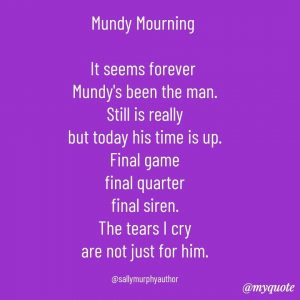How wonderful are teachers? And how awesome are young readers when they come together in a reading community lead by those teachers?
This display, at the brand new library at Clyde Primary in Victoria, is the result of a term’s work reading Bushfire, and diving deeply into the story, the events it portrays, and the topic of natural disasters.
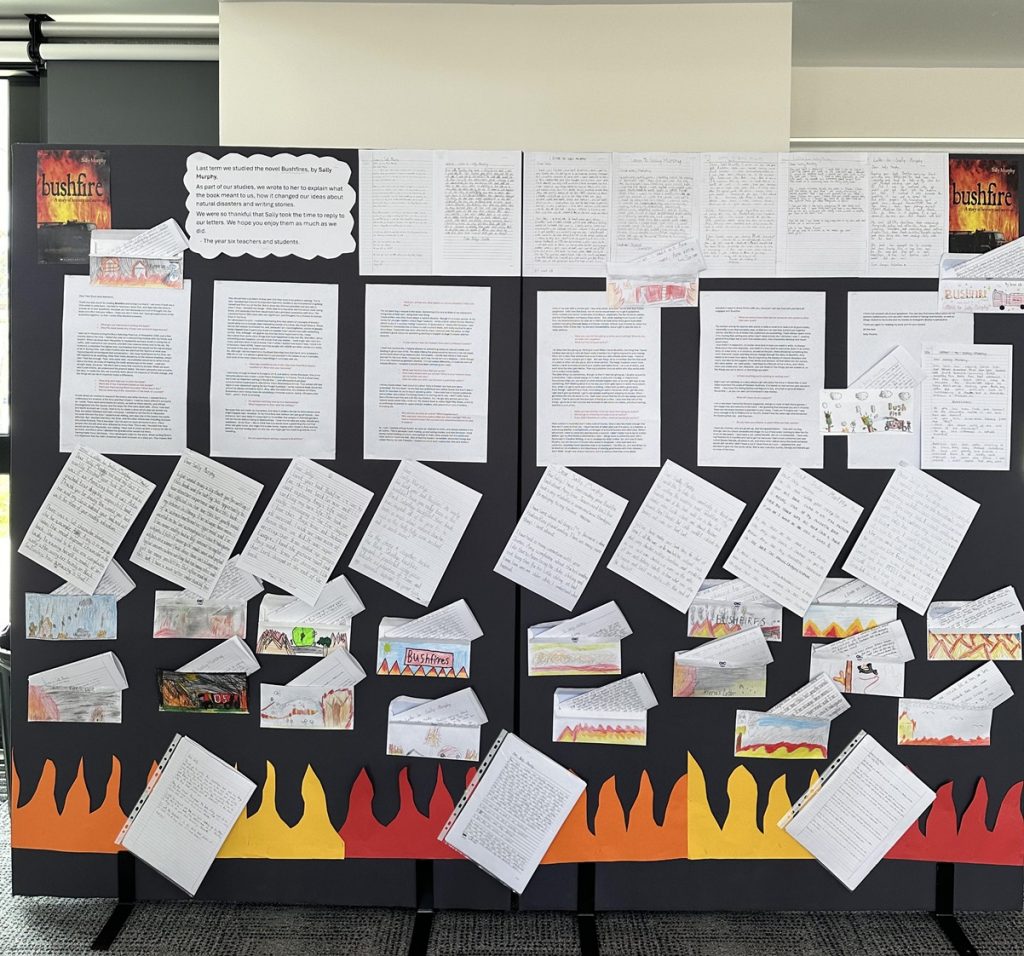
When teacher Nikki Elston emailed to ask if the students could write to me, I said yes, but when I received those letters I was blown away by the enthusiasm of the students and their thoughtful questions and responses.
This is the kind of thing that makes an author’s heart sing – knowing that their book, in the hands of passionate educators, can really make a difference.
Thanks Nikki, thanks to your colleagues and, of course, a massive thank you tot he year six students who wrote to me. I will treasure those letters for a very long time.
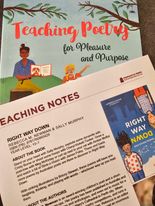 for
for 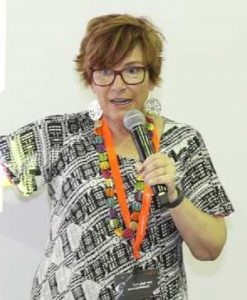 But wait – there’s more! Because if you are looking for someone to visit your school and inspire your students about the fun and magic of reading and writing poetry –
But wait – there’s more! Because if you are looking for someone to visit your school and inspire your students about the fun and magic of reading and writing poetry – 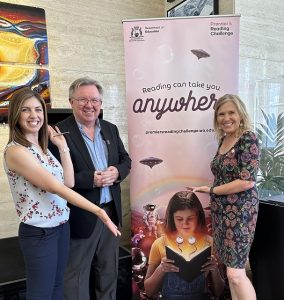 young readers, to the educators, members of the challenge staff, politicians, including the Premier and the Minister for Education, and other MPs who came along because a child from their electorate was there. A real recognition that reading matters – and, specifically, that reading for pleasure matters. It was also lovely to join fellow cheersquad members,
young readers, to the educators, members of the challenge staff, politicians, including the Premier and the Minister for Education, and other MPs who came along because a child from their electorate was there. A real recognition that reading matters – and, specifically, that reading for pleasure matters. It was also lovely to join fellow cheersquad members, 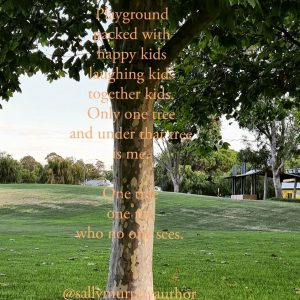
 I pointed to Pearl, in her group of one under a tree. And, as I did so, I noticed the book on the ground next to her. And felt a little jolt of recognition.
I pointed to Pearl, in her group of one under a tree. And, as I did so, I noticed the book on the ground next to her. And felt a little jolt of recognition.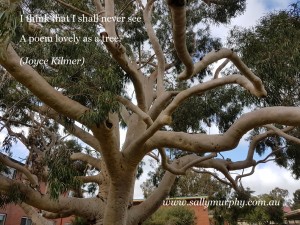
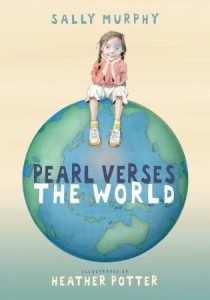 with actually sharing some examples of sad poetry. The two examples that I’m recommending are firstly from
with actually sharing some examples of sad poetry. The two examples that I’m recommending are firstly from 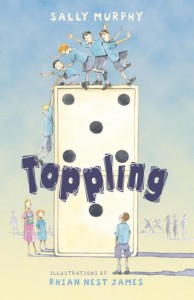 Next, read the second text – from
Next, read the second text – from 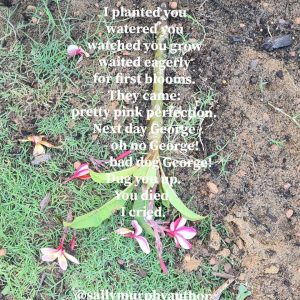 days For context I did also afterwards share some of the back story on the frangipani poem because I felt that the missing piece of that puzzle was that why I was so sad wasn’t just about the tree – it was also that that tree marked the burial spot of my previous dog. And the Mundy poem is about David Mundy’s last game. I started by thin
days For context I did also afterwards share some of the back story on the frangipani poem because I felt that the missing piece of that puzzle was that why I was so sad wasn’t just about the tree – it was also that that tree marked the burial spot of my previous dog. And the Mundy poem is about David Mundy’s last game. I started by thin